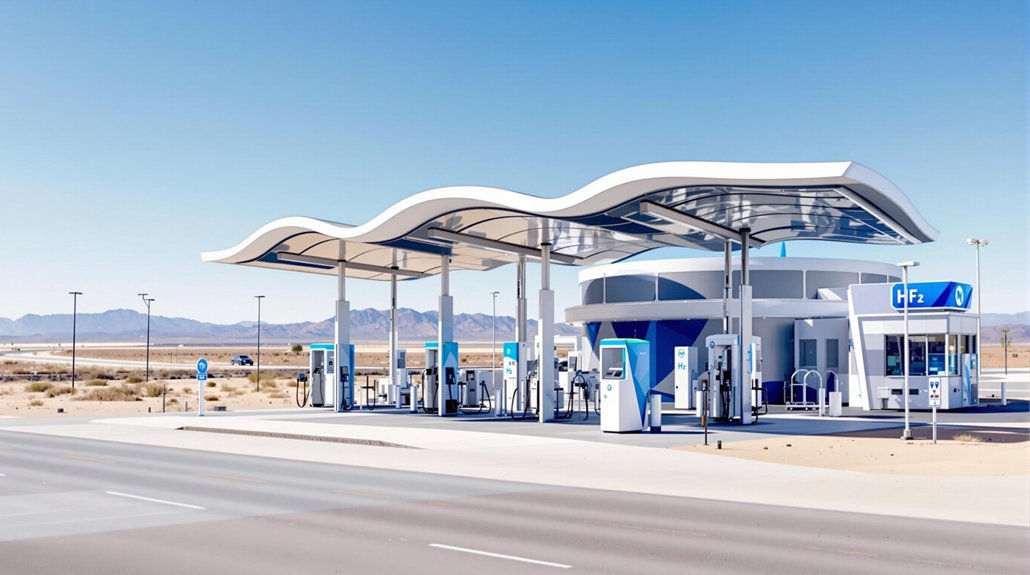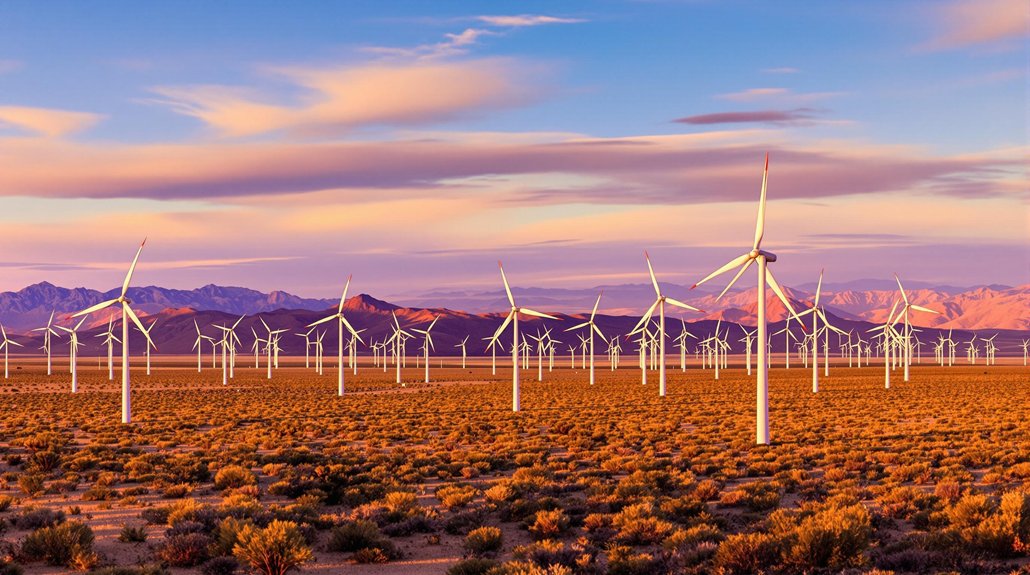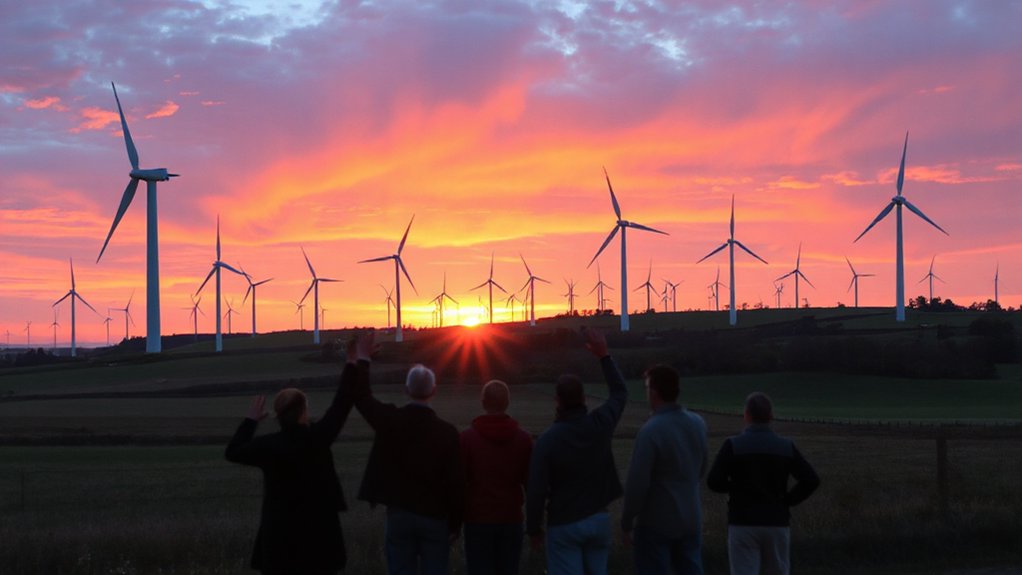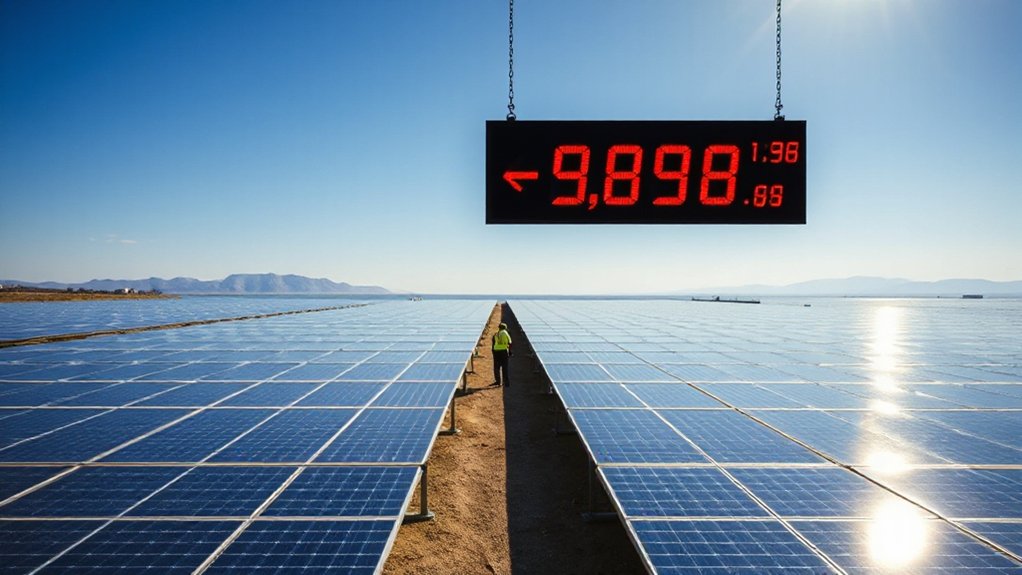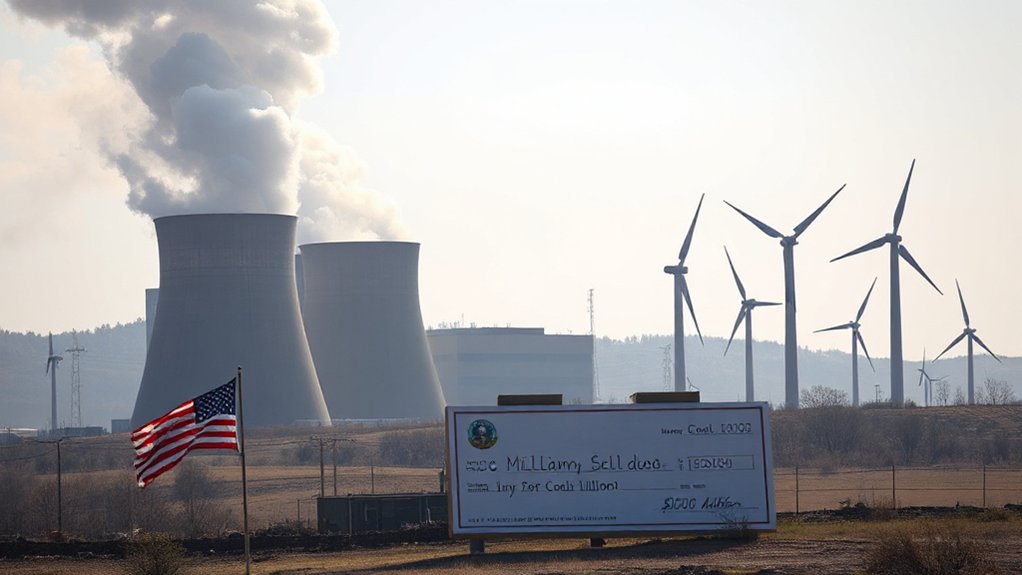The U.S. hydrogen fueling landscape is pretty sparse, with just 74 stations nationwide. California, naturally, hogs most of them – 54 retail locations. The rest? Scattered like breadcrumbs across seven states, with Hawaii managing two stations and others settling for one each. Michigan and Ohio each have a couple of non-retail spots. Since 2019’s count of 47 stations, growth has been sluggish. The road to hydrogen infrastructure has some interesting twists ahead.

While hydrogen vehicles have been touted as the future of transportation for decades, the reality of fueling them in the United States remains stubbornly limited. As of 2024, there are just 74 hydrogen fueling stations across the entire country.
Despite decades of hype around hydrogen vehicles, America’s fueling network remains sparse, with just 74 stations nationwide in 2024.
And if you’re thinking of taking a cross-country road trip in your hydrogen car, good luck with that – a whopping 54 retail stations are crammed into California alone.
The rest of America? It’s practically a hydrogen desert. Hawaii manages two stations, while states like Colorado, Massachusetts, New York, Virginia, and Washington each scrape by with a single non-retail station.
Michigan and Ohio each boast two non-retail stations, which is hardly something to write home about. Companies like Nel Hydrogen in Connecticut are working to expand infrastructure, but progress remains slow.
The challenges facing hydrogen infrastructure are about as subtle as a sledgehammer. Building these stations isn’t cheap, and it’s not quick either – we’re talking 2-3 years just to get one up and running. The 2019 data showed 47 public stations operating nationwide, highlighting the slow growth of hydrogen infrastructure.
Technical hurdles in hydrogen storage and dispensing keep popping up like unwanted guests at a party, and the distribution network is about as widespread as palm trees in Alaska.
But it’s not all doom and gloom. The government is throwing serious money at the problem, with $7 billion allocated for Regional Clean Hydrogen Hubs and tax credits of up to $3 per kg of hydrogen through the Inflation Reduction Act.
California, always the showoff, leads the pack with state-level support and funding.
Looking ahead, the industry’s crystal ball shows some promise. Global projections hint at 6,080 stations by 2030, with the U.S. market potentially hitting $2.25 billion by 2034.
Major oil companies are getting in on the action, and automakers are forming partnerships faster than high school sweethearts.
Even specialized hydrogen infrastructure companies are popping up, focusing on everything from renewable production to distribution hubs.
But for now, if you’re driving a hydrogen car outside California, you’d better have a really good plan – or a really good backup vehicle.
